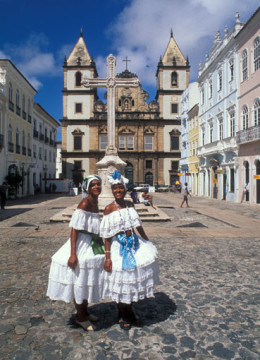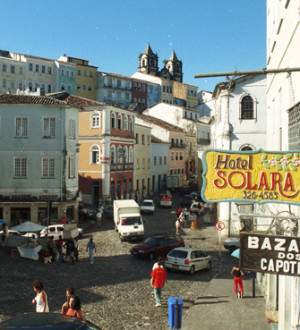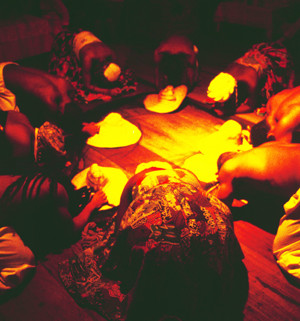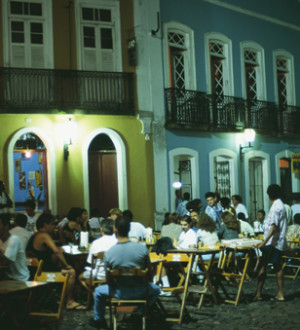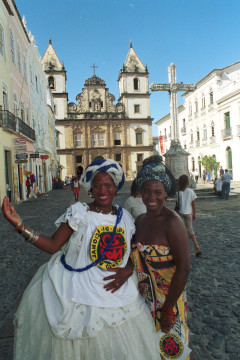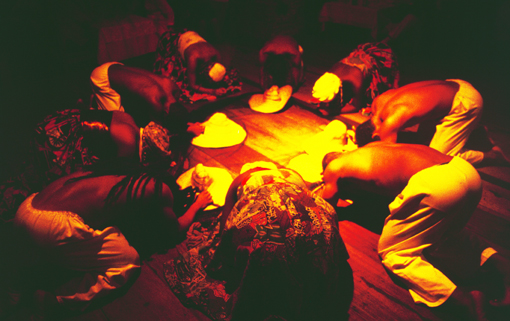
FOREWORD
The author, Gerd Michael Müller, born in Zürich in 1962, traveled as a photo-journalist to more than 50 nations and lived in seven countries, including in the underground in South Africa during apartheid. In the 80 years he was a political activist at the youth riots in Zürich. Then he was involved in pioneering Wildlife & eco projects in Southern Africa and humanitarian projects elsewhere in the world. As early as 1993, Müller reported on the global climate change and in 1999 he founded the «Tourism & Environment Forum Switzerland». Through his humanitarian missions he got to know Nelson Mandela, the Dalai Lama and other figures of light. His book is an exciting mixture of political thriller, crazy social stories and travel reports – the highlights of his adventurous, wild nomadic life for reportage photography .
(please note that translation corrections are still in progress and images will follow soon)
During one of the first of a total of five trips to Brazil, after the Iguacu Falls, Rio de Janeiro, I also discovered Salvador de Bahia, the landing place of the Europeans and the first capital of Brazil. If you want to get to know the exotic facets of Bahian life, get ready for hot come-ons, cool rejections and delicious consolations, at least during Carnival. If you dive into the mystical world of the candoble and let yourself be overwhelmed by the overwhelming spirituality, you will leave the local world and fall into a trance to the point of ecstasy. A trip to Salvador de Bahia is like a departure to new shores. First of all, it is admirable how exhilarated the Baihanos go through life. Remarkable how they express their joy and sorrow.
The mystical world of gods and spiritual source of the Bahanos is reflected in the Candomble, which gave reason for the Christian mission, especially since Bahia was the starting point of the western explorers and conquerors. Not only the bastions along the coast testify to this. The roots of the slave tower are deeply anchored in the local culture. Especially the candomble spirituality, lived out in secret, bears witness to this. When hundreds of gospel singers resound with fervor, not only does the earth tremble, but the air in the far periphery also vibrates, as with an approaching hurricane. The psalm-singing Catholic boys‘ choir next door in the Sao Fransico monastery in the baroque old town district of Pelourinho really sounds rather pitiful.
Rarely does one discover such a playful people that has produced an incredible number of dance and musically gifted people. In Salvador de Bahia, the cradle of carnival and samba, there is no standing still or being stiff as a board. Everything is in flux, everyone is constantly on the move, more or less gracefully. Another Bahian specialty is capoeira, the martial art disguised as dance. Here, too, the graceful flowing movements are recognizable, flowing through the whole life and triggering impulses. But not only in expressing feelings also the body cult is on top of the agenda. In this the Bahianos hardly differ from the Cariocas. There is hardly an Adonis who does not present his athletically steeled body in his skimpy briefs. There is no woman who does not proudly walk around the beach in her Fio dental (tooth thread) bikini, flirting with her grace and freedom of movement. No wonder the church has sent more friars here than anywhere else in the world. In Salvador de Bahia alone, 165 houses of worship have been built.
In 2003, I was stationed in Fortaleza in northeastern Brazil for three months as a resident manager for a Swiss travel company and had a hell of a good time. Few guests, so no stress, a hotel room right on the Beira Mar (that’s like the Copacabana in Rio), and a good vehicle with which I could drive all the way to Jericoacoara to the fantastic sand dunes or south to Moro Branco. I was very attracted to the Brazilian lifestyle, music, language and cultures on previous trips, so I also learned a little Portuguese. Since I spoke Spanish well, it was easy for me to get started and I like the Brazilian dialects better than the harsh Spanish accents. I am also enchanted by the music of many Latin American sounds: from the tango in Argentina to the bossa nova of a Gilberto Gil in Brazil or the folk dance forro, as in Fortaleza, from the salsa and son in Cuba to the merengue in the Dominican Republic, all these musical styles and dance forms appeal to me very much.
In Fortaleza I lived during these three months as a Station Manager at Beira Mar, ideally located also for daily trips to the beautiful city beach Praia do futuro and at night to Praia do Iracema at the end of Beira Mar, where the tourist entertainment district with all the nightclubs was located, which was very convenient for the local tourist service. At the end of the three months, I was shipped off to Sinai, but after the six-month assignment in Sharm el Sheikh, I returned to Fortaleza unemployed because the tsunami had hit Asia and as a result all the travel companies needed fewer station managers and tour guides.
When I returned to Fortaleza, I lived for two months in the Serviluz favela with a friend who had a small brick house near Praia do Futuro and I felt quite comfortable there. Soon I knew a lot of people via Heldon and his friend Joaquin, and the neighbors in the favela also knew me, so I could move around freely there day and night. It was a comfortable time, because I had made good foreign exchange deals with the tourists in Sinai and before in Brazil. This was always a tolerable source of side income in this job. In Poland, I almost became a zloty millionaire. Then a friend from Switzerland visited me and we rented a „Highlux“, i.e. an off-roader, to drive up along the Brazilian coast from Fortaleza in the state of Céara via the states of Maranhão and Piaui to Manaus and to complete the return journey inland.
That’s a good 6000 kilometers we planned to cover in 11 days. The off-road driving was more comfortable than driving on the asphalt road, which was completely littered with holes, up to half a meter deep. The asphalt looked like it had been bombed over a wide area! Therefore, I often drove on the scree strip to the right of the roadway. There one comes basically faster ahead and whirled up strongly dust, which is to be seen already from a distance and prevents the accident danger. The journey went via Jericoacoara, with its fantastic dune landscape, which was surpassed in beauty by the crystal clear lakes in the sand dune landscapes in the next state of Maranhao. An extremely fascinating region! The deep blue Atlantic with lonely dream beaches to the left, a gigantic sand dune strip along the coast and inland the esmerad green jungle. The national parks of Jericoacoara and Lençóis Maranhenses on the Atlantic coast are unique biotopes.
I like deserts better than virgin forests. One gets on better. At least in 4×4. But even here, I would have been stranded without the help of the local fishermen, because on this trip numerous rivers had to be crossed. Except for one time it went quite well, but then we came to a river, which was shallow on our side first about 30 meters, then there was a small sand island in front of the place where the river flowed through a narrow, tearing mouth, like in a funnel. You could just make that out from 40 meters away, and it was probably the most dangerous part. „If I couldn’t cross the last ten meters after the tiny river island at full throttle,“ it would look bad, I thought.
And that’s exactly what happened. So I drove with a lot of speed through the 30 meters wide, shallow river towards the island, but got stuck there due to the slope and had too little momentum to cross the current channel with the ripping flow. and came to an abrupt stop with the engine hood stuck in the water at a 45 degree angle to three quarters. After a few hours, a couple of fishermen approached. Only thanks to a boat in the current channel that lifted the car a little and a car that pulled us back from behind with the wire rope over the shallow part of the river, we managed to get out of the river.
Another time, just as I was walking alone in the sweltering midday heat, I got stuck in deep quicksand. It took four hours, many drops of sweat and endless jerks for a few meters further. The sand was scorching hot, I shoveled like a madman for hours and didn’t think I would make it. But finally it worked out. And so the journey continued to Ilha do Maranhão, one of the largest alluvial areas in the world at the foothills of the Amazon. 800,000 buffalo populate the island, which belongs to only a few Hundert landowners who hardly employ any workers.
Where the animals pass in the dry season, a river course emerges in the rainy season. Thus, the fragile ecosystem and the thin layer of humus is destroyed in just a few years. Year after year, huge areas of virgin forest are being appropriated first for cattle breeding and then for intensive agriculture such as soy plantations. In the past 30 years, almost a quarter of the Amazon Delta has been destroyed. Yet the biodiversity here is unparalleled. In the Amazon alone there are over 2000 different fish. For comparison: In the whole of Europe there are just 150 species of fish. The same is true for all animal species, most of them are endemic.
The adventurous journey continued through the state of Piaui and from there we drove on to Manaus. Then again a good 3000 kilometers inland back to Fortaleza, where we visited the Gruta de Ubajara, Brazil’s largest caves with nine chambers and a depth of a good kilometer, at the Ubajara National Park, about 300 km west of Fortaleza. Now we come to the last and most special Brazil tripf Fortaleza.
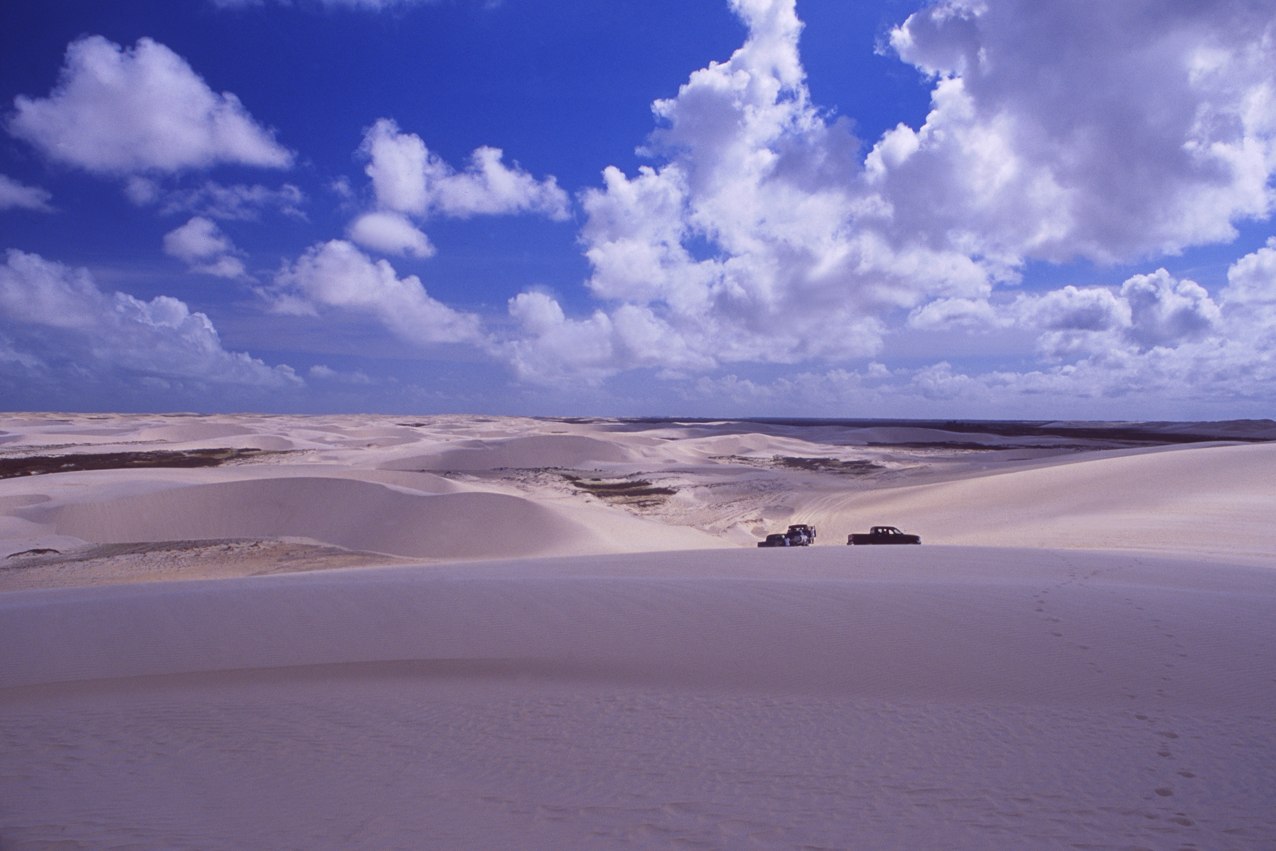
Endless horizon and dunes of the National park Lencois in Maranhao 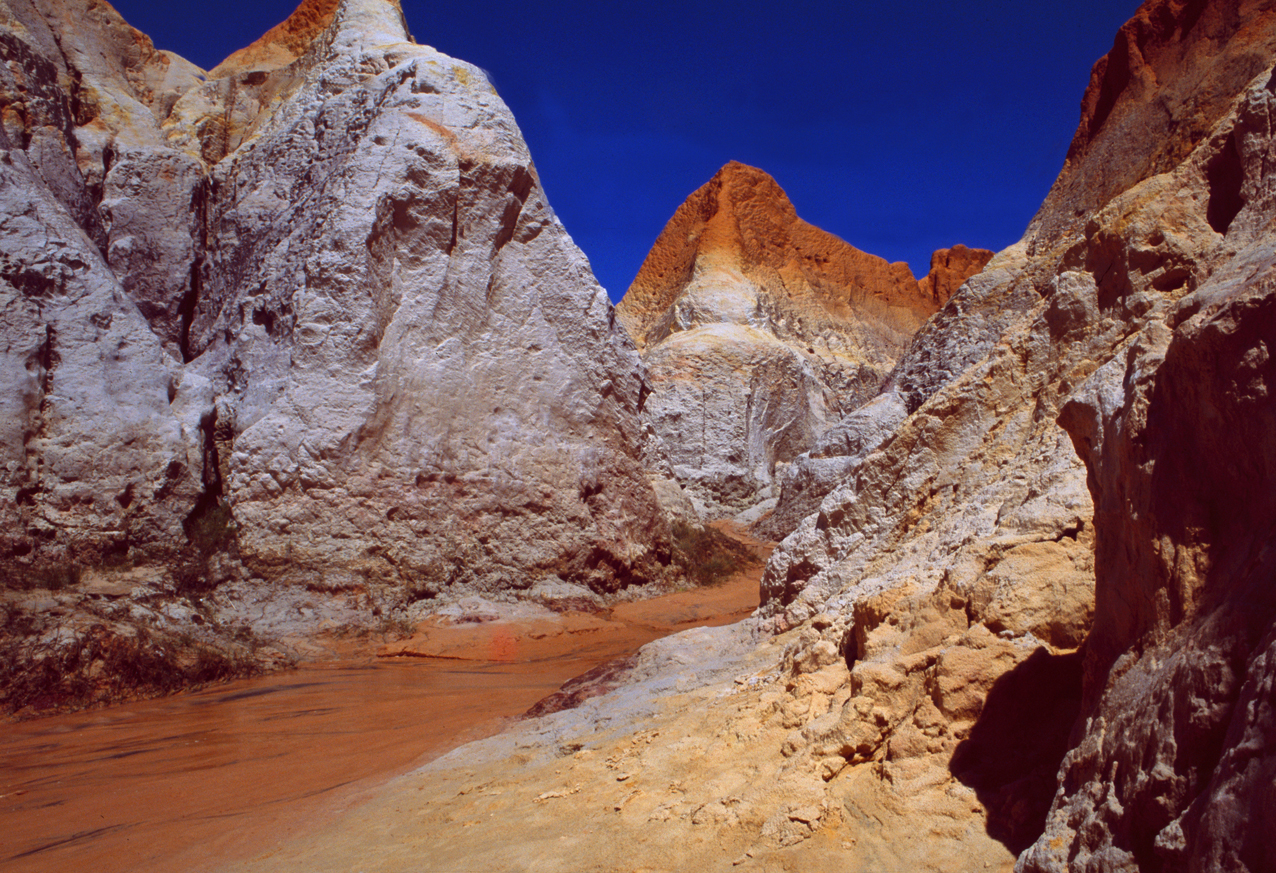
Colorful Moro Branco, Praia das Fontes, 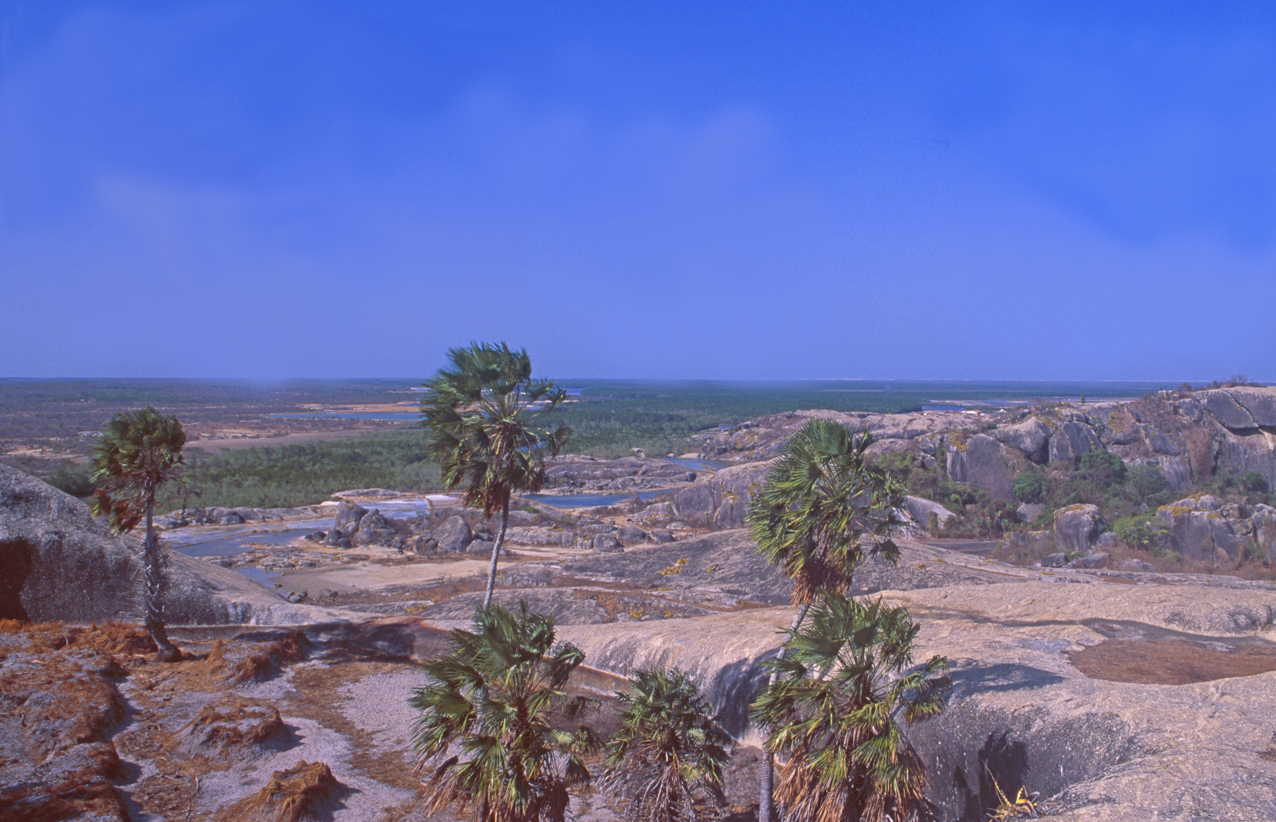
The coastal boarder of the states Maranhao and Piau 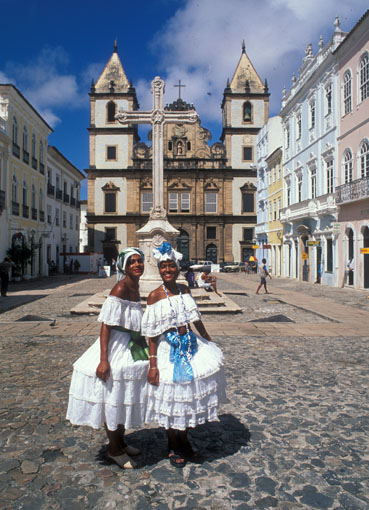
Two brazilian ladies at the Pelourinho, Salvador de Bahia. 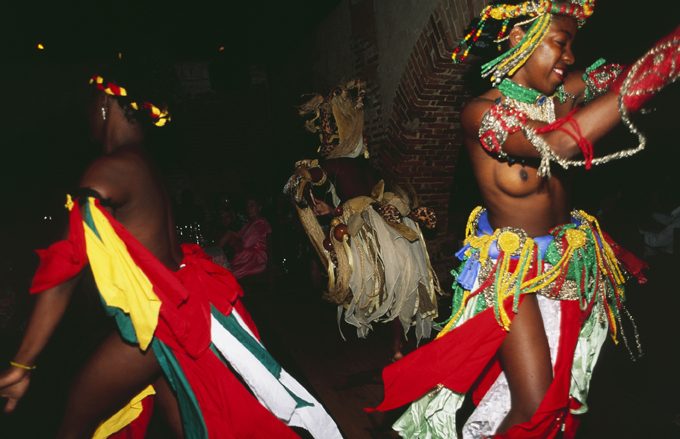
Candomblé performance, Salvador de Bahia 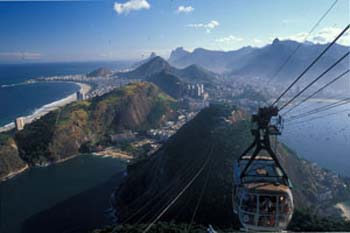
Brasilien: Seilbahn zum Zuckerhut von Rio de Janeiro 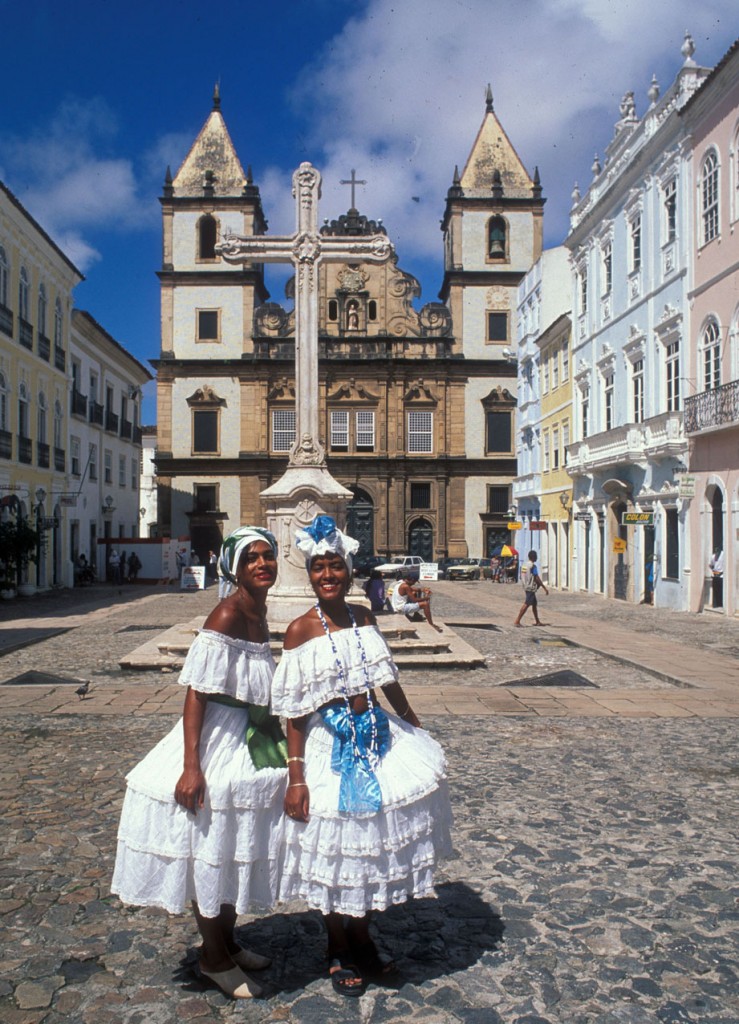
Two brazilian ladies in the world heritage Pelourinho in the old city of Salvador de Bahia.

